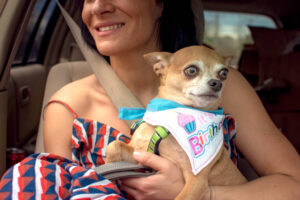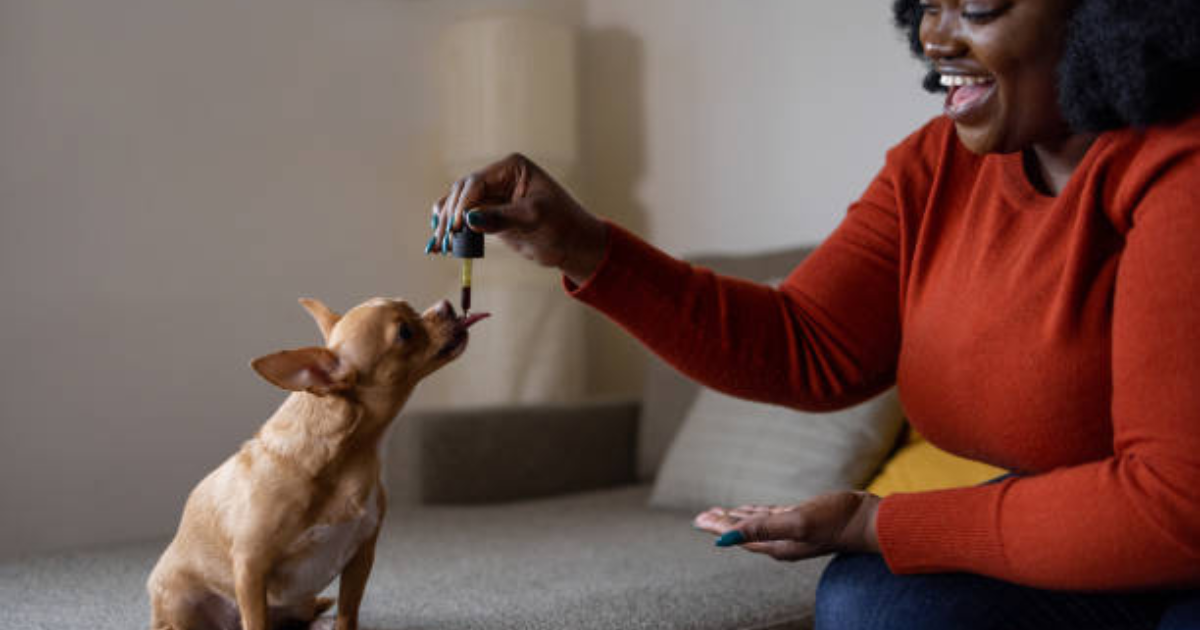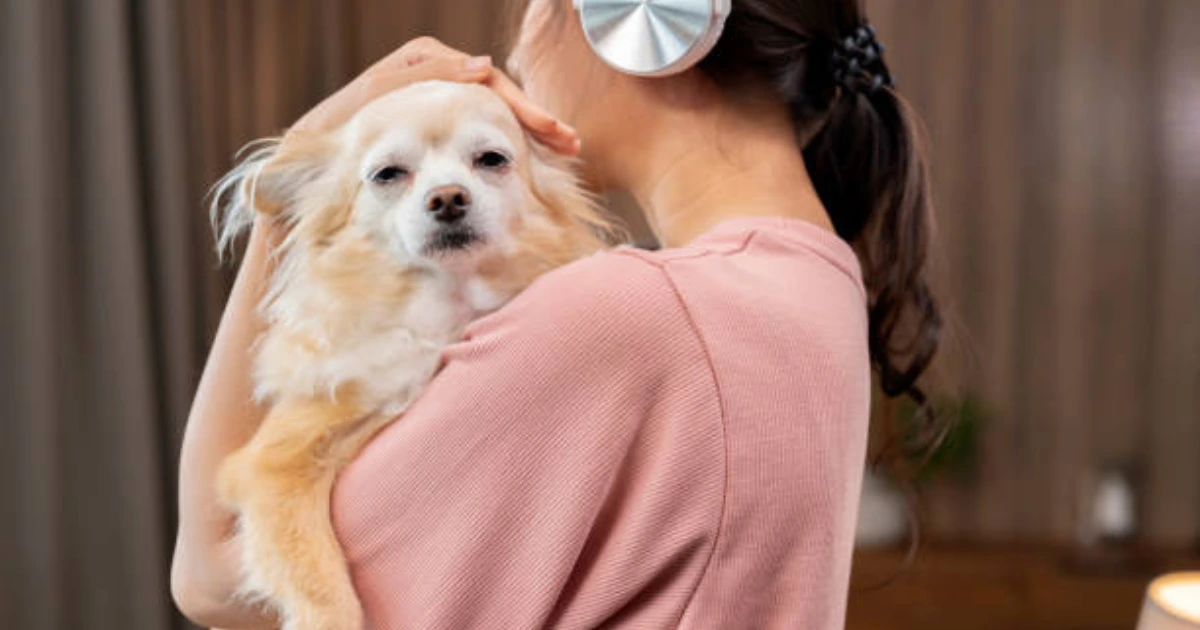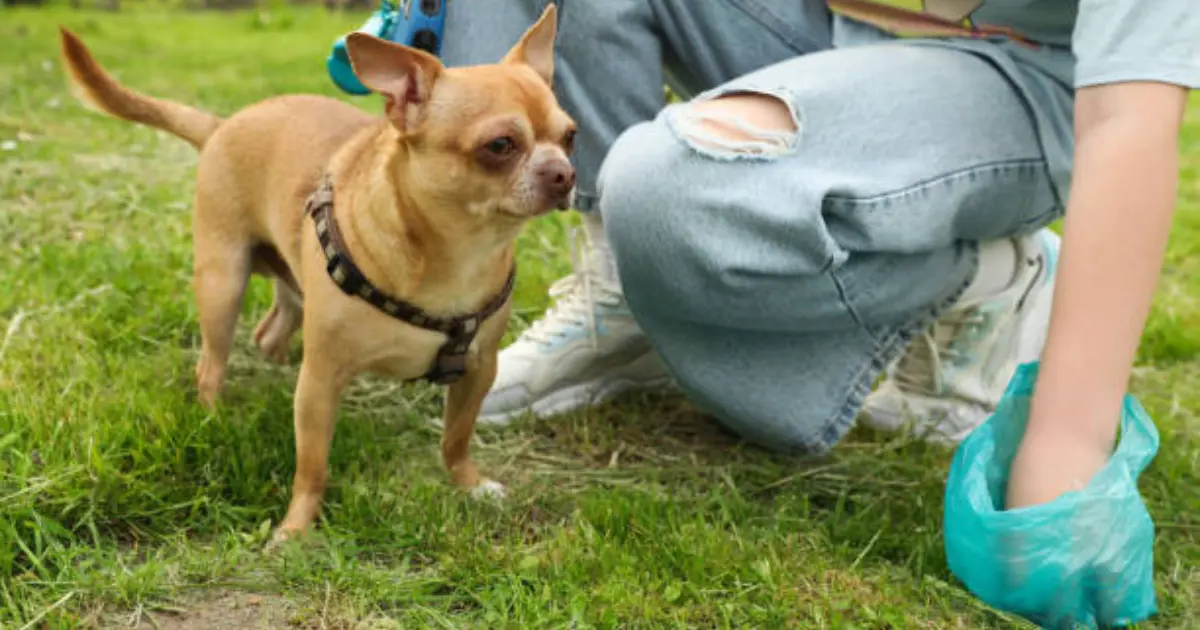The ease with which you may travel with your little dog is one of the best things about owning a Chihuahua.
Compared to larger breeds, you have far more options if you own a toy-sized dog or puppy and you take it with you when you leave the house.
The Chihuahua is not only an easy breed to pick up and carry but it can also be taken to many locations, such as shops and even neighborhoods with lots of walking. This is possible with the appropriate carry technique.
Advertisement
But this will probably require you to drive to get to your destinations. And that’s where two crucial components come into play: preventing travel sickness in your Chihuahua and, crucially, providing safety—something that far too many owners forget—by using a car seat.
These are two very important topics that will be covered in this section; your Chihuahua’s comfort level depends on one, and his survival depends on the other.
A Chihuahua’s Assistance with Car Sickness
Being a passenger in a car may be quite uncomfortable for Chihuahuas, and motion sickness is a typical occurrence.
When a dog experiences motion sickness, it can cause great suffering for the animal and frustration for the owner during automobile drives. Furthermore, negative experiences in a car only make a Chihuahua more hesitant to ride in it again.
Car sickness symptoms include:
- excessive salivation
- Panting
- The dog is smacking its lips
- yawning excessively
- Unease
- Whining
- emesis
- throwing up
- Apathy
- Frantic actions
- Car sickness experience that resulted in a phobia of automobiles
The Causes
Numerous factors might cause motion sickness in Chihuahuas.
1. The brain is getting mixed messages. A dog’s eyes are alerting him to the absence of movement if they are not focused squarely out the window. Ultimately, the automobile’s interior remains still. But movement is detected by his inner ears and body. This can cause severe nausea in dogs.
2. This queasy feeling is further exacerbated by an unconscious movement of a dog’s body, such as swaying or other similar actions during breaks and turns.
3. Lastly, the underdeveloped inner ear of Chihuahua puppies causes them to lose their equilibrium, which exacerbates the issue.
What to Do If Your Chihuahua Hates Car Rides
Chihuahuas who experience anxiety in the car may soon grow to detest it. Thankfully, there are a few efficient techniques you can employ to undo this.
Remember that most of the time, a puppy or dog will require a mix of these treatments to feel perfectly fine while going on a drive. Also, a lot of Chihuahuas can develop an affection for automobile rides.
1. Maintain a suitable airflow
Dogs in cars require air flow, but excessive wind can be equally harmful to this small breed. The majority of Chihuahuas thrive with windows that are 1 to 2 inches down, one in the front and one in the back for a cross-breeze.
Ideally, this ought to be carried out on both hot and cold days that demand heat or air conditioning. Feeling fresh air is crucial, even though you will need to turn up the AC or heat output to keep the car at the proper temperature.
2. Give a small amount of sugar
Canines are toxic to sugar alternatives, therefore a tiny amount of genuine sugar is best to prevent and treat upset stomachs. One jelly bean can be offered around ten minutes before a car ride.
3. Maintain a somewhat chilly temperature
For a dog who despises the car, feeling hot or cold adds another level of suffering. Additionally, excessive heat exacerbates motion sickness. Maintain a temperature of roughly 70 degrees Fahrenheit, and make sure the automobile cools down in the summer before bringing your Chihuahua inside.
4. When to take pauses
It is normal to want to get from Point A to Point B as soon as possible if your Chihuahua does not travel well in a vehicle.
On the other hand, if a dog who had previously performed poorly is now performing considerably better, they will feel compelled to continue while things are going well.
But queasy dogs require rest periods. And even for the canines who improve their car-handling skills by using the earlier techniques, there might be a “breaking point.”
Take a break every 20 minutes if your Chihuahua is becoming car sick.
Even if your Chihuahua is traveling well, stop every thirty to forty-five minutes for a break.
5. Place your Chihuahua in an elevated booster seat with a harness attached
This functions because
- It maintains a Chihuahua tall so that the dog or puppy can see out the windows with ease. The gap between his body, inner ear, and brain is fixed once he can see the road.
- It maintains the physical equilibrium of a Chihuahua. A puppy or dog will remain safely in place if they are in the correct car seat and are wearing a harness that covers their shoulders, chest, and back. This keeps his body from lurching side to side, forward, and backward when the car is turning, accelerating, decelerating, and coming to a stop.
The Importance of a Vehicle Seat for Your Chihuahua
As was previously noted, the best way to prevent a Chihuahua from experiencing motion sickness—which may be quite painful for the dog and cause them to detest cars—is to get them the correct car seat.
Another important point to remember is that leaving a child unbuckled is just as dangerous as not using a car seat.
Saying that you drive safely and that accidents won’t occur is simple. or to question “What could go wrong?” if you’re only going for a quick drive. But failing to fasten your Chihuahua’s belt is, I repeat, literally endangering his life.
Additional Auto Advice For your Chihuahua
1. The middle of the rear seat is the safest location for your Chihuahua’s car seat. This can be beneficial because your Chihuahua can still see out the front window and it will be simple to see your dog in the rearview mirror.
To accommodate your Chihuahua in the front passenger seat, however, be sure to slide the seat as far back as possible and turn off your passenger airbag because its deployment can result in significant harm.
2. Bring extra water than you anticipate needing. Water is a great item to have with you when you’re out and about with your Chihuahua in addition to being handy for lengthy vehicle rides when you need to take breaks.
3. Make use of the enjoyable, safe car seat you have for your Chihuahua after you’ve taken precautions to lessen car sickness. Take your Chi with you if you can, and leave your dog at home. This will lessen the worry associated with being alone and add enjoyment to running errands.
Last Word
Even if your chihuahua detests car rides, you can still travel with him. You can get your companion ready for the open road by taking the necessary measures to acclimate him to riding, make the automobile comfortable for him, and treat carickness symptoms.
YOU MAY ALSO LIKE:
How To Keep your Chihuahua Comfortable During Winter
How To Keep Your Chihuahua Safe For Valentines Day
Advertisement




















